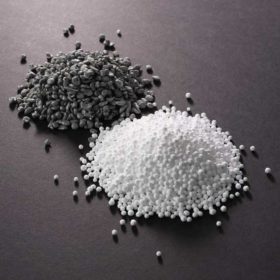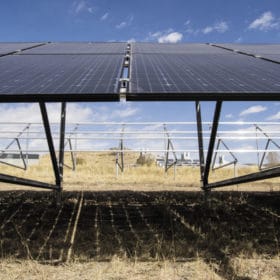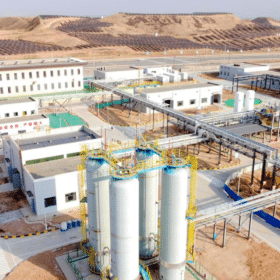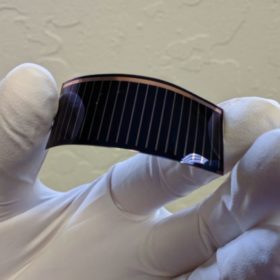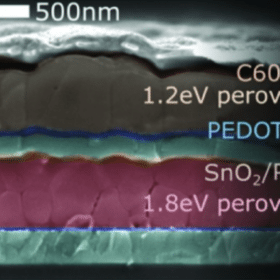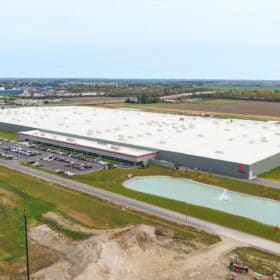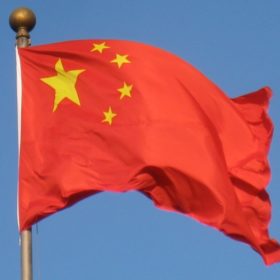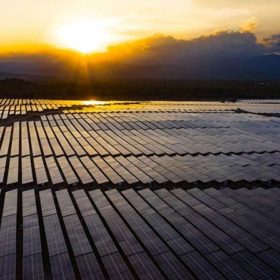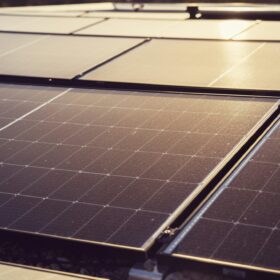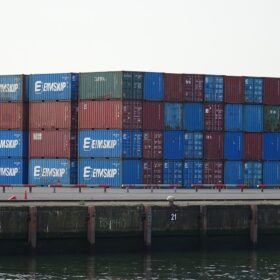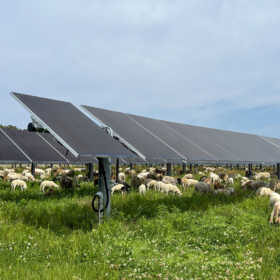Morning Brief: Ambri deploying its calcium-antimony battery? China could install 75 GW of solar next year
Also: Despite a rosy forecast, creating energy storage projects with competitive economics has been an elusive endeavor. Plus, rate design innovations are boosting the energy transition and Plug Power raises $1 billion for U.S. green hydrogen infrastructure build-out.
Longi releases statement on patent dispute with Hanwha Q-Cells
The Chinese photovoltaic manufacturer said the recent invalidation procedure for its patent at the Chinese Patent Office’s examination and invalidity department is only an administrative examination procedure that only examines whether or not the authorized Chinese patent complies with patent law requirements.
Bifacial solar panels are no longer exempt from US Section 201 import tariffs
As of today, the dumb world of solar module tariffs is currently subjecting imported bifacial modules to a 20% penalty, the same tariff as almost all other crystalline silicon solar modules.
China’s ‘Liquid Sunshine’ project demonstrates PV powered methanol
A pilot project in China was brought online this month, combining 10 MW of PV with electrolyzers for hydrogen production and carbon dioxide hydrogenation to synthesize methanol. The methanol is supplied to the chemical industry, or can be converted back into hydrogen for energy use. And the project’s creators say their next goal is scaling the project up to 10 or even 100 times its current size.
Equipment auction sounds the final note for Hanergy-owned Alta Devices, high-efficiency PV pioneer
If you’re interested in some lightly-used MOCVD and PVD thin-film solar cell production equipment, have we got a deal for you.
Gigawatt-scale tandem solar cell production by 2022? Would you take that bet?
1366 Technologies CEO Frank van Mierlo is a betting man and he’s betting your humble narrator that high-efficiency tandem solar cells are the near-term commercial future of solar.
First Solar earnings: strong results, Q4 guidance reinstated and a 445 W module on the way
Increased net sales and income per share are coupled with 1.6 GW DC of bookings, reports of a 445 W module and environmental recognition for the Series-6 line, point to yet another successful quarter for the company.
Canadian Solar to launch 600+ W photovoltaic module
Bigger PV module designs are now hitting the market, but the production of larger, more powerful solar panels is challenging. Canadian Solar is launching its new Series 7 modules with pv magazine in a webinar on Oct. 29. Our editorial team recently caught up with Canadian Solar’s chairman and CEO, Shawn Qu, and director of module R&D, Alan Xu, to discuss the company’s latest efforts to shake up the market.
Morning Brief: Human rights allegations in Xinjiang China could jeopardize solar supply chain
Also in the brief: Time to see how serious industry is about ESG and D&I versus LCOE. Plus Hawaii solar on the rise.
Vietnam opens 450 MW solar plant
Ho Chi Minh City-based construction company Trungnam Group said its army of laborers took just 45 days to perform site clearance for a project which took shape within 102 days.
